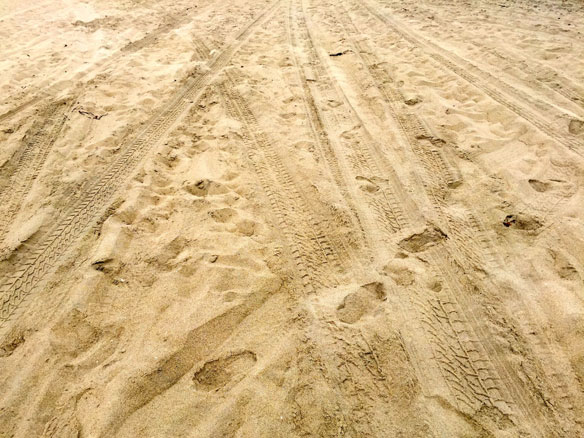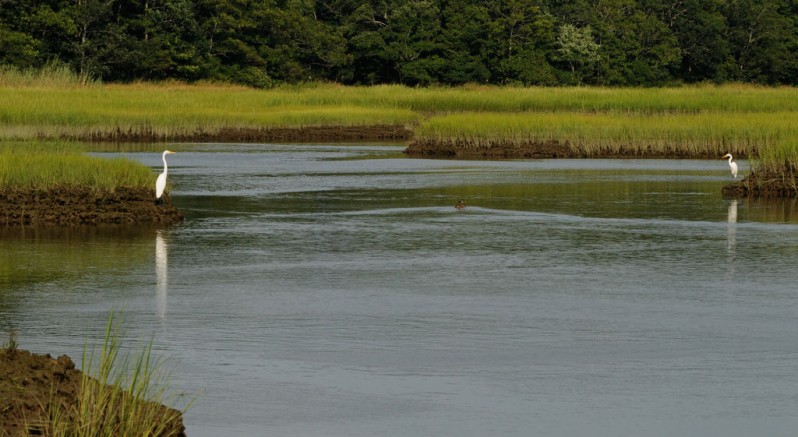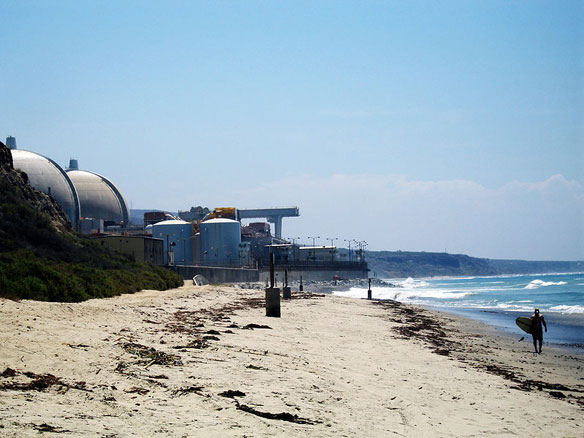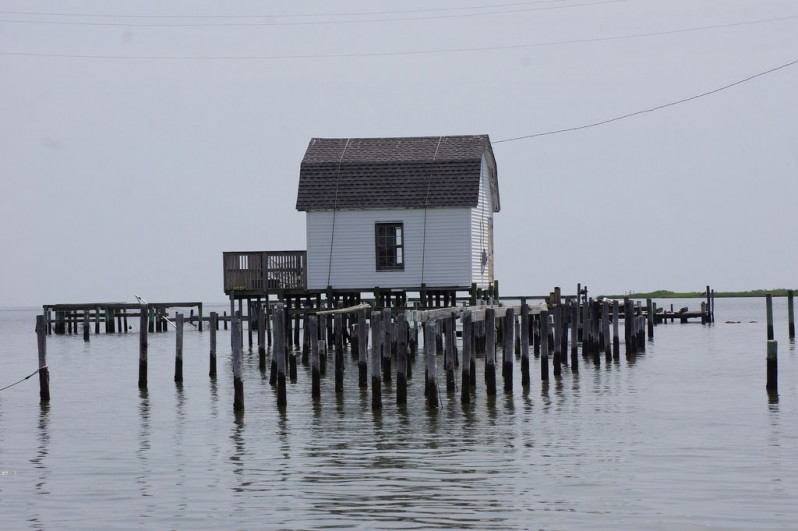Antarctic study identifies melting ice sheet’s role in sea level rise

Loss of ice in Antarctica caused by a warming ocean could raise global sea levels by three meters, research suggests.
Protect S.C. coast: No retreat from ‘line in the sand’

South Carolina faces an historic opportunity this legislative session, with a vote on the floor likely in the coming weeks. The time could not come soon enough, as our coastal communities face record-breaking storm surges, sea level rise, and flooding events.
Shifting Sands, Shifted Rights: The Beach as Contested Space

Determining rights to Florida’s sandy beaches has presented a thorny set of issues. But for many years, the public and private interests have co-existed. Now, along with population growth, sea level rise and relentless erosion have become an uncomfortable reality. The infinite variety of scenarios that sea level rise is presenting and will present along the coast will challenge our legal system in many ways.
Climate change: Ocean warming underestimated

To date, research on the effects of climate change has underestimated the contribution of seawater expansion to sea level rise due to warming of the oceans. A team of researchers has now investigated, using satellite data, that this effect was almost twice as large over the past twelve years than previously assumed. That may result in, for example, significantly increased risks of storm surges.
Normal weather drives salt marsh erosion

Waves from moderate storms, rather than violent events such as hurricanes, inflict the most loss on coastal wetlands. Globally, salt marshes are being lost to waves, changes in land use, higher sea levels, loss of sediment from upstream dams and other factors.
Coastal Louisiana added to NOAA Sea Level Rise Viewer

Scientists, regional managers, coastal planners, businesses and residents of Louisiana can now use NOAA’s popular Sea Level Rise and Coastal Flooding Impacts Viewer to assess their risks for coastal flooding under a variety of different scenarios.
Coastal marshes more resilient to sea-level rise than previously believed

Rising seas threaten coastal marshes worldwide. But a new Duke University study finds marshes are more resilient than previously believed.
As Sea Levels Rise, Are Coastal Nuclear Plants Ready?

Safety concerns have stoked opposition to nuclear. Reactors can’t operate safely without uninterrupted power and vast amounts of cool water, which is why they’re often located near coastlines, rivers, and lakes.
727 People on Chesapeake Bay Island Could Become America’s First ‘Climate Refugees’

Rising seas will likely render the last inhabited island in Virginia uninhabitable in 50 years, a new study finds.
